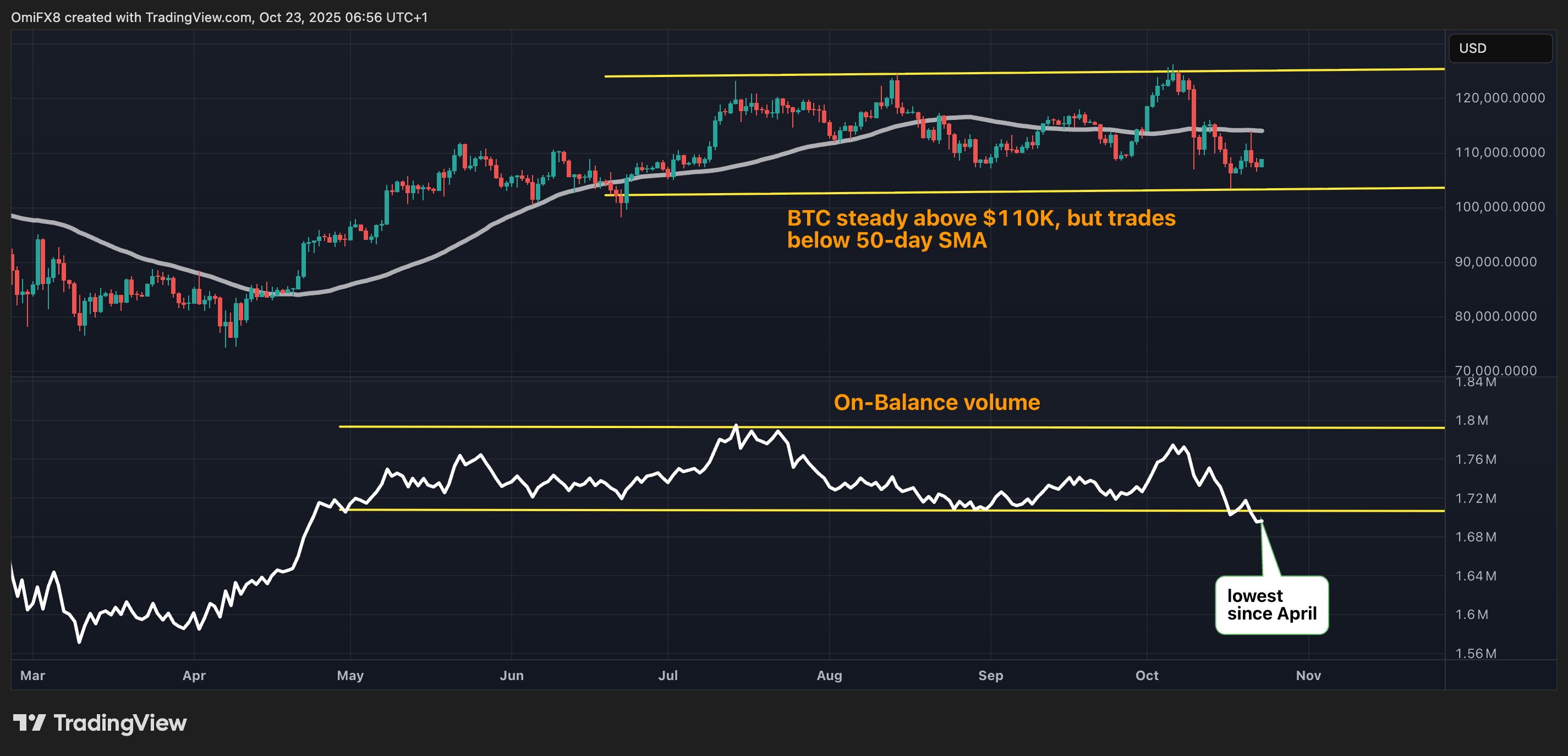Reserves in the US banking system, a key factor influencing the Federal Reserve’s balance sheet reduction strategy, have fallen sharply for the second consecutive week, dipping below the $3 trillion mark.
This decline occurs as the central bank prepares to decide on the future of its balance sheet in its upcoming meeting. According to reliable sources, data shared on Thursday highlighted a decrease of approximately $59 billion in US bank reserves, bringing the total to $2.93 trillion for the week ending October 22. This marks the lowest level reached since January 1.
Fed’s upcoming meeting raises predictions among individuals
The US bank reserves dropped as the Treasury borrowed more funds to restore its cash balance after raising the debt limit in July. Following this move, analysts have raised concerns that the action may remove liquidity from other areas of the Fed’s balance sheet, such as its overnight reverse repurchase agreement facility and bank reserves.
Their remarks followed research that revealed a decrease in the amount of money commercial banks hold in reserves at the Fed as the RRP nears depletion.
These cash adjustments have significantly impacted daily operations within the financial system, as the Fed continues to lower its balance sheet through a process widely known as quantitative tightening, or QT.
In the meantime, sources familiar with the situation, which wished to remain anonymous, pointed out that since QT can worsen liquidity-related problems and cause market instability, the Fed decided to lower the number of bonds that can mature each month earlier this year.
In their upcoming meeting next week in Washington, federal officials are expected to discuss the future of the balance sheet as individuals share predictions about the situation. According to these predictions, many have expressed the likelihood of a policy rate cut between 3.75% and 4%.
However, Wall Street highlighted concerns about the uncertainty surrounding when the Fed will end quantitative tightening, another method for controlling interest rates.
Another example of these predictions is the forecasts from JPMorgan Chase & Co. and Bank of America Corp analysts. They predicted that the Fed will stop reducing its balance sheet, which is approximately $6.6 trillion, this month.
This would conclude a process aimed at removing money from financial markets, a perspective shared by TD Securities and Wrightson ICAP.
Analysts raise concerns about the persistently elevated rates on repos and fluctuations
Last week, Federal Reserve Chairman Jerome Powell stated that the balance sheet shrinkage will cease when bank reserves reach a level higher than what policymakers consider necessary for “ample” levels, which are sufficient to prevent market disruptions.
Powell noted that early government data, before the recent shutdown, indicated the US economy was running hotter than policymakers had anticipated, warning that growth remains firm even as the central bank inches toward ending its balance-sheet reductions and considers further rate cuts.
Speaking in Philadelphia at the National Association for Business Economics conference, Powell noted that the Fed is close to its target for “ample” bank reserves and hinted that the tightening cycle could soon pause. This development came as investors weighed how far the Fed can go before risking job losses while maintaining a stable inflation rate.
“Our long-stated plan is to stop balance-sheet runoff when reserves are somewhat above the level we judge consistent with ample reserve conditions,” Powell said. “We may approach that point in the coming months, and we are closely monitoring a wide range of indicators to inform this decision.” He noted that the central bank hasn’t set a date, but liquidity measures suggest that the end of balance-sheet reduction is close.
Still, money market rates have remained elevated this week despite an influx of cash. This occurs as Government-sponsored enterprises hold their monthly principal and interest payments in repurchase agreements (repos) before releasing them to holders of mortgage-backed securities around the 25th of every month.
To analysts, the persistently elevated rates on repos and fluctuations suggest that reserves are no longer abundant and the financial system is at risk of running short.
Want your project in front of crypto’s top minds? Feature it in our next industry report, where data meets impact.


